How to Make Your Bikini Wax Less Painful, According to Hair Removal Experts
It's all in the prep.
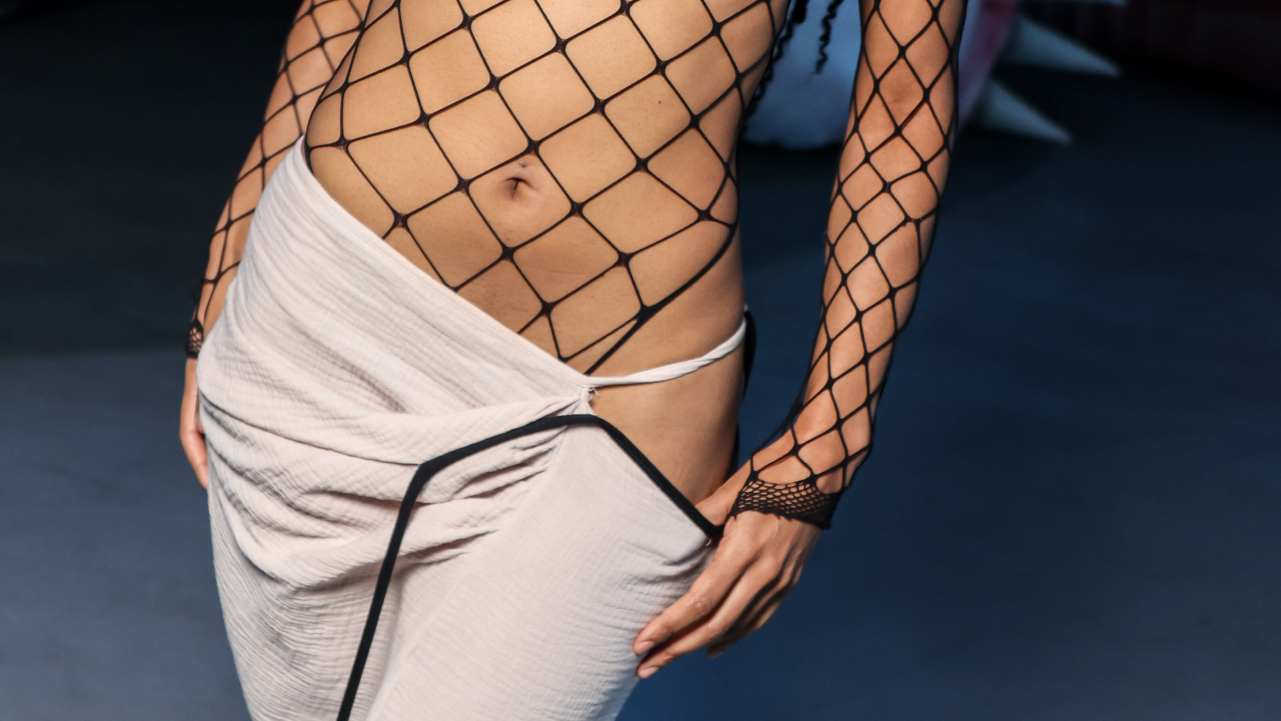

I’m going to call it like it is: Brazilian waxes can be really painful—especially if it’s your first time around. Understandably, ripping hot wax off the sensitive skin down there isn’t necessarily going to be a pleasant experience. But just like shaving creams, oils, and high-end razors meant to make shaving more comfortable and less of a hassle, I’m happy to report that there are a few ways to make your bikini wax less painful—which in turn goes a long way to ensure your appointment goes smoothly.
From growing your pubic hair weeks in advance to last-minute dietary changes, several tiny lifestyle tweaks can seriously reduce your pain. Plus, there are numerous products that you can use to make at-home maintenance easier and, therefore, make your monthly wax appointments feel like a breeze. For example, did you know you should be exfoliating before and after your waxes? And that there are chemical exfoliants specifically created to be used in your most sensitive areas?
So, while shaving, laser hair removal, and epilating are all good grooming options, I strongly suggest anyone considering a bikini wax keep reading. We tapped Melanie Coba, waxing expert at European Wax Center, Samantha Garlow, wax specialist at Daphne Studio, and Marta Camkiran, esthetician at Haven Spa, to get the down low on how to make bikini waxes hurt a little less.
How to Prepare for a Bikini Wax
Make Sure You're Hairy Enough
Believe it or not, the pre-wax process is as important as after-care to ensure a seamless, easy experience. There are a few key steps to follow before you see your esthetician. "It’s important to make sure your hair is long enough," Coba explains. "You want it about the length of a grain of rice. There's no need to trim it if you think your hair is too long—your wax specialist will trim it if needed." Don't use a trimmer alone; you don't want to cut the hair too short.
Moisturize and Exfoliate
"Dry hair and dry skin make it easier for your hair to break when removed," says Coba. "To get the smoothest and long-lasting results, the skin and hair should be healthy and moisture-rich. The best way to prepare is not to shave, and to exfoliate and moisturize routinely." Not sure what to use? Consider one of the best body lotions or body oils.
Camkiran emphasizes that exfoliating is essential right before your wax, too. "A day before your wax, I recommended doing a body scrub to remove dead skin cells because hair can get stuck and become ingrown hair."
How to Reduce Pain During Your Bikini Wax
Consider a Pain Medicine
"It’s good to take a pain medicine two hours prior to waxing," Camkiran suggests for people who have a low pain threshold. "This will help reduce skin inflammation and help with any soreness." Garlow agrees, adding that Advil or Ibuprofen can be helpful for pain relief and to calm the skin down after the service.
Stay In The Know
Get exclusive access to fashion and beauty trends, hot-off-the-press celebrity news, and more.
Avoid Caffeine
Dear fellow Starbucks Rewards members, we know it's hard, but try to avoid caffeine a few hours before your wax. Garlow says caffeine can trigger even more nerves and elevate your heart rate, increasing blood flow and, therefore, higher pain sensitivity.
Apply Numbing Cream
"Products that contain lidocaine are helpful because they will temporarily numb the area and prevent pain," Garlow says. If you're looking for an OTC numbing product, consider the Pomada Dragon Pain Numbing Cream. For something a bit more heavy-duty, touch base with your doctor.
Take a Deep Breath
"The number one thing you can do is relax, as much as you can, and make sure you communicate with your wax specialist," Coba advises. "Feel free to ask questions and share any preferences so they can best serve you."
Hold the Skin Tight
During the service, your esthetician should hold the skin taut to help with the pain. "If done by the right esthetician, your wax shouldn't take longer than 30 minutes," Coba adds.
How to Reduce Pain After Your Bikini Wax
Avoid Exercise
"You shouldn't exercise or wear sweaty clothes the same day," Coba recommends. Skin is so fresh after a wax, and the pores are still open and susceptible to bacteria, so it's best to take it easy. Camkiran also notes that friction from working out at the gym could cause future irritation on the skin.
Skip Self Tanner
"If you use spray tan or apply self tanner, wait until the day after your wax appointment," Coba says. Using a self-tanner right after a wax can cause stinging, burning, and irritation. If you can wait it out 24 hours, your tan will thank you. Freshly waxed areas absorb pigment better, so your skin will look smoother, and color will last longer when you do it the day after.
Put Down the Tweezers
While it can be tempting to pluck away rogue hairs that didn't get snatched up by the wax, it's better just to let them sit until your next appointment. "Tweezing usually does more harm than good, as guests often tear their skin up trying to get the hair out, which creates scarring and hyperpigmentation," Coba explains. If you do need to remove a hair or ingrown, use one of the best tweezers.
Get on a Regular Waxing Schedule
"Waxing regularly every four weeks really helps because when you wax too early or too late, the hair is more susceptible to breaking under the surface of the skin," Coba explains. When hair breaks, it can more easily become ingrown.
Camkiran recommends not waxing five days before and five days after your period because the body is more sensitive during this time.
Avoid Hot and Salty Water
Wait a few hours before hopping into a hot shower to avoid any reaction," Coba says. Hot water can cause stinging or burning with sensitive skin, so it's best to let any irritation settle before rinsing your body. "After you’ve been waxing a while, your skin will be used to it and much less sensitive to this sort of thing."
You should also "avoid soaking in a tub or jacuzzi, saunas, or anything with high heat," says Garlow, noting that it can allow bacteria to enter the area. Saltwater from the beach or chlorine from the pool will irritate the skin, so you should wait at least three days before booking an oceanside getaway.
Don't Irritate the Area
Avoid touching your waxed skin to the best of your ability. This will only clog pores and transfer the bacteria that’s on your hands onto your newly waxed skin. You should also avoid skin-to-skin contact and steer clear of tight clothing. "After a wax, wearing loose clothing is important to let your skin breathe," Garlow says.
Exfoliate Daily
After waiting a full 24 hours post-wax, exfoliate every single day. It'll go a long way to help prevent ingrown hairs. "Salicylic acid is a great ingredient to look for in a product for exfoliation," says Garlow. "Vitamin E and aloe are great options for moisturizing the skin following a treatment." Pay extra attention to creased areas, like the bikini line, where hairs are more likely to struggle to break through the skin due to friction.
Do Waxes Get Less Painful Over Time?
The real answer: everyone's body is different. "Waxing is not one size fits all," Coba says. "Pain during waxing generally depends on your mindset and general tolerance for discomfort." Coba's rule of thumb is to try a Brazilian wax twice—the second wax is meant to be more comfortable, and the results are smoother and last longer.
With time, you'll also know what to expect, and the shock factor will wear down. "Getting regular waxes will significantly reduce the amount of hair coming back," Camkiran says. "In a few months, 40 percent of your hair will not return, which will also make the process more comfortable."
Best Waxing Products, According to the Experts
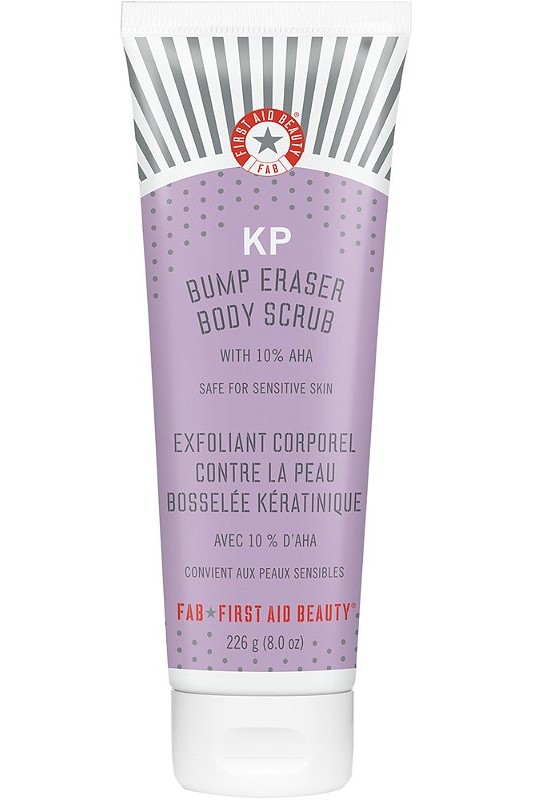
Keratosis Pilaris, or KP, doesn't just stop at the arms. If you experience KP bumps near your bikini area, this scrub is beloved by editors for not only fading the texture associated with the condition but also the hyperpigmentation it often leaves behind.
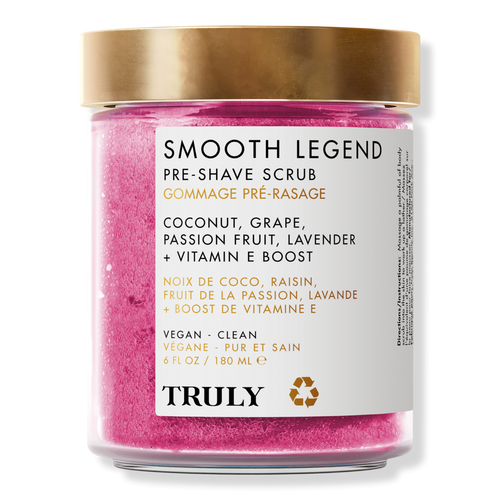
This sugar-based scrub is one of my favorites because it not only exfoliates but also turns into a lather to nourish the skin.
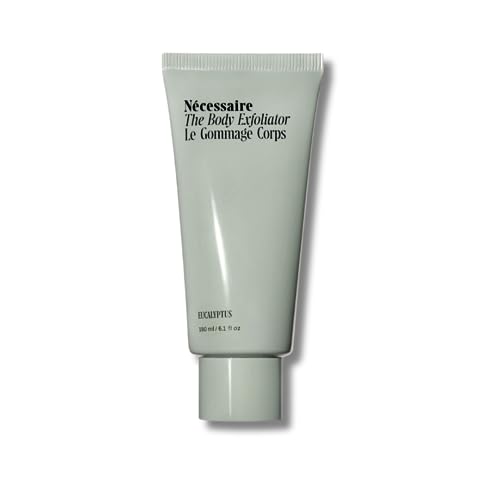
This exfoliator from Nécessaire uses chemicals like AHAs, BHAs, and PHAs to resurface skin and smooth rough textures. Try this one if you don't like a gritty, physical exfoliant.
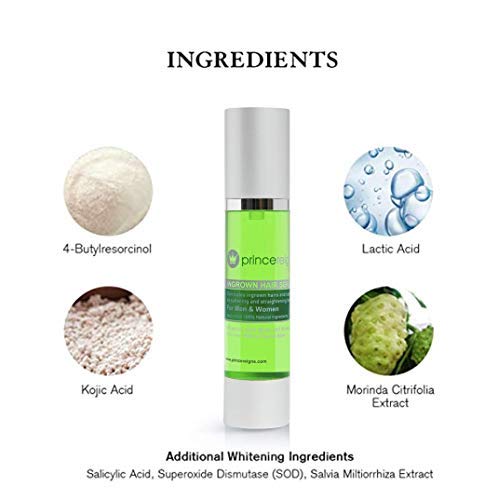
One of the most important parts of your waxing routine? Preventing ingrown hairs between appointments. This aftershave helps to calm skin irritation and inflammation, as well as address any resulting hyperpigmentation that can occur from shaving or waxing.
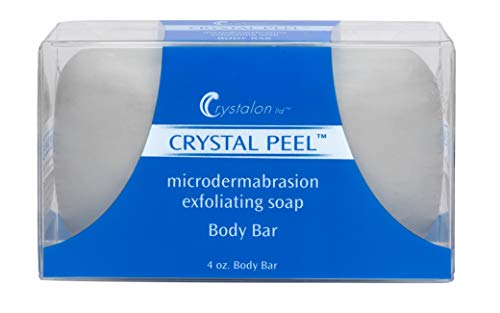
This exfoliating bar of soap has small crystals in it that help to polish the skin. I don't just use this along my bikini line—but my whole body.
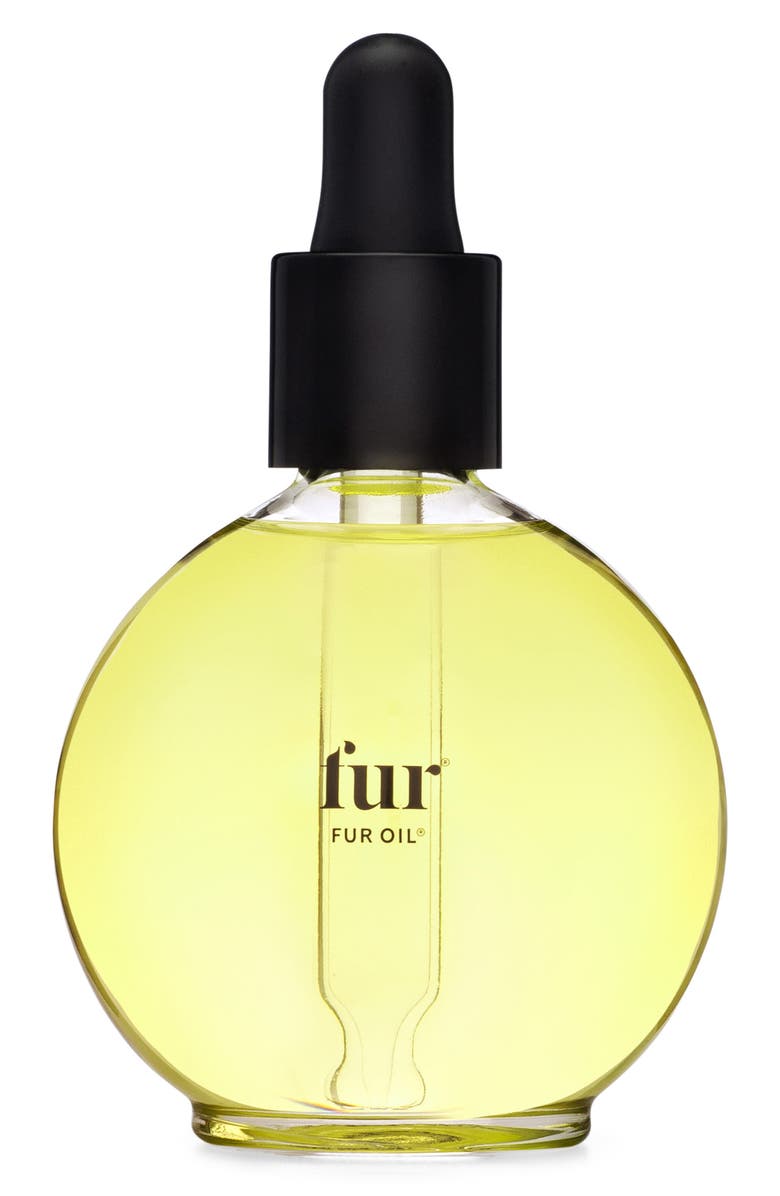
Your post-wax care should include an oil. Fur, an expert in ingrown hair prevention, is a top seller and editor-favorite. I promise it'll be a welcome addition into your routine.
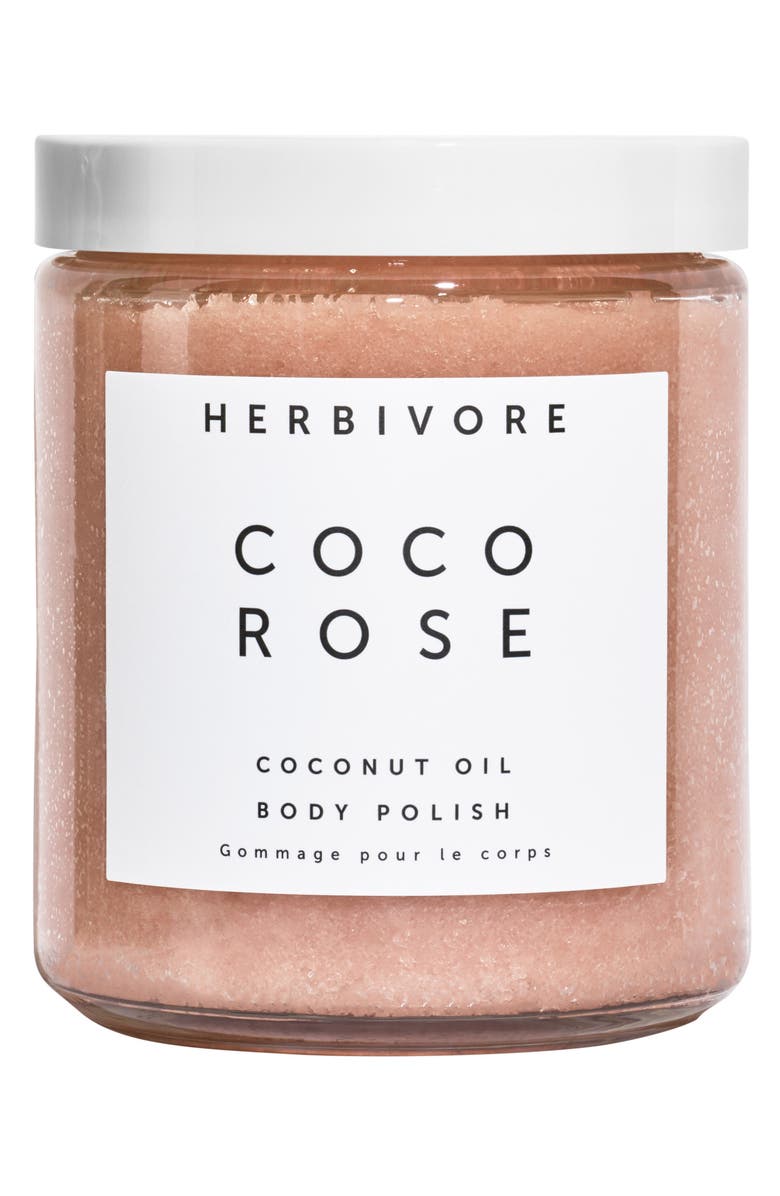
A sensory delight, this body scrub uses ingredients like coconut oil to moisturize the skin as it exfoliates and will leave you smelling like the Moroccan rose.
Why Trust Marie Claire
Samantha Holender and Ariel Baker have a combined two decades of experience in the beauty industry and have both received bikini waxes, bringing their first-hand knowledge and recommendations to the piece. They also spoke with three waxing experts to get professional insight to the story.
Marie Claire is also an expert in hair removal, writing content around laser hair removal, epilating, shaving, waxing, tweezing, and more.
Meet the Experts
Melanie Coba is a waxing expert at European Wax Center
Samantha Garlow is a wax specialist at Daphne Studio.
Marta Camkiran is an esthetician at Haven Spa

Samantha Holender is the Senior Beauty Editor at Marie Claire, where she reports on the best new launches, dives into the science behind skincare, and shares the breakdown on the latest and greatest trends in the beauty space. She's studied up on every ingredient you'll find on INCI list and is constantly in search of the world's glowiest makeup products. She's constantly tracking the biggest nail and hair trends to pop up in the beauty space, going backstage during fashion weeks, tracking celebrity looks, and constantly talking to celebrity hair stylists, nail artists, and makeup artists. Prior to joining the team, she worked as Us Weekly’s Beauty and Style Editor, where she stayed on the pulse of pop culture and broke down celebrity beauty routines, hair transformations, and red carpet looks. Her words have also appeared on Popsugar, Makeup.com, Skincare.com, Delish.com, and Philadelphia Wedding. Samantha also serves as a board member for the American Society of Magazine Editors (ASME). She first joined the organization in 2018, when she worked as an editorial intern at Food Network Magazine and Pioneer Woman Magazine. Samantha has a degree in Journalism and Mass Communications from The George Washington University’s School of Media and Public Affairs. While at GWU, she was a founding member of the school’s HerCampus chapter and served as its President for four years. When she’s not deep in the beauty closet or swatching eyeshadows, you can find her obsessing over Real Housewives and all things Bravo. Keep up with her on Instagram @samholender.
- Maya AllenFormer Beauty Editor
- Ariel BakerBeauty Writer
-
 Beyoncé Cashes In on Coachella's Micro Shorts Trend
Beyoncé Cashes In on Coachella's Micro Shorts TrendShe's back in her Levi's bag.
By Kelsey Stiegman Published
-
 Why King Charles Abdicating Would Cause a Royal Family "Crisis"
Why King Charles Abdicating Would Cause a Royal Family "Crisis"Princess Kate and Prince William have been preparing "for their future positions as king and queen."
By Amy Mackelden Published
-
 Zendaya Drops a Surprise Spring Styling Tutorial
Zendaya Drops a Surprise Spring Styling TutorialThis is the cool way to wear khaki.
By Halie LeSavage Published
-
 Everything You Need to Know About Marie Claire’s Skin and Hair Awards
Everything You Need to Know About Marie Claire’s Skin and Hair AwardsCould your brand survive an editor testing session?
By Ariel Baker Published
-
 People Always Compliment My Flawless Skin—These 6 Steps Are Why
People Always Compliment My Flawless Skin—These 6 Steps Are WhyFrom sunscreen and essences to moisturizers, it's all here.
By Hannah Baxter Published
-
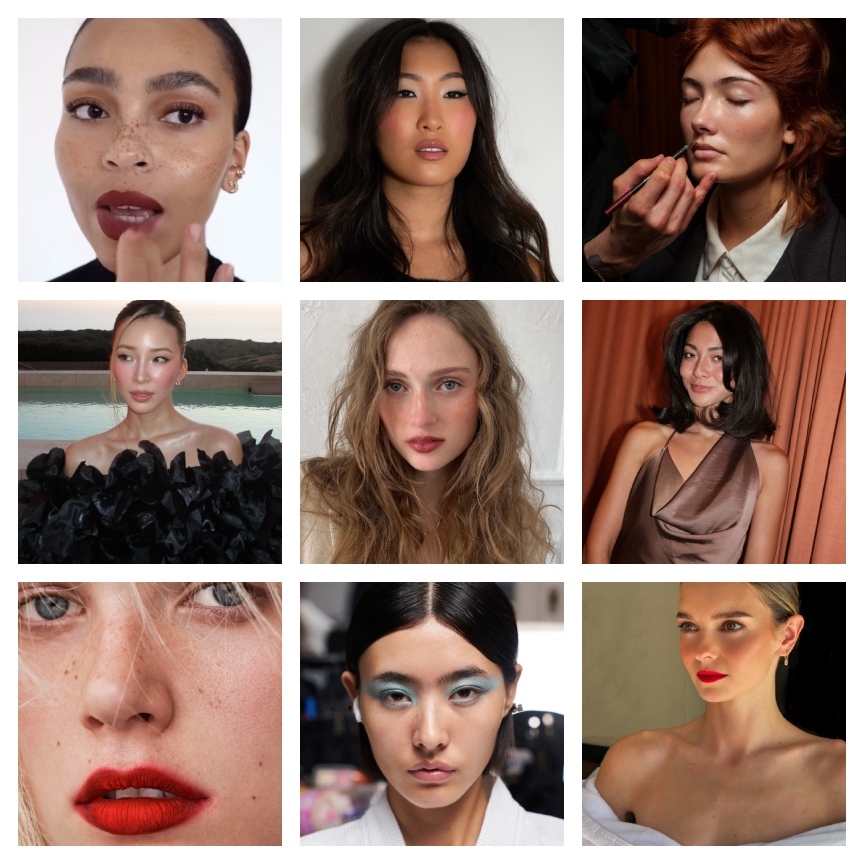 The 11 Best Spring Makeup Trends Are Sexy, Sensual, and Perfectly Luminous
The 11 Best Spring Makeup Trends Are Sexy, Sensual, and Perfectly LuminousIt's dew or die time.
By Jamie Wilson Published
-
 Simone Ashley’s Indie Sleaze Glam Is a Cool-Toned Dream
Simone Ashley’s Indie Sleaze Glam Is a Cool-Toned DreamThe actor was spotted in New York City looking like the epitome of cool-toned beauty.
By Ariel Baker Published
-
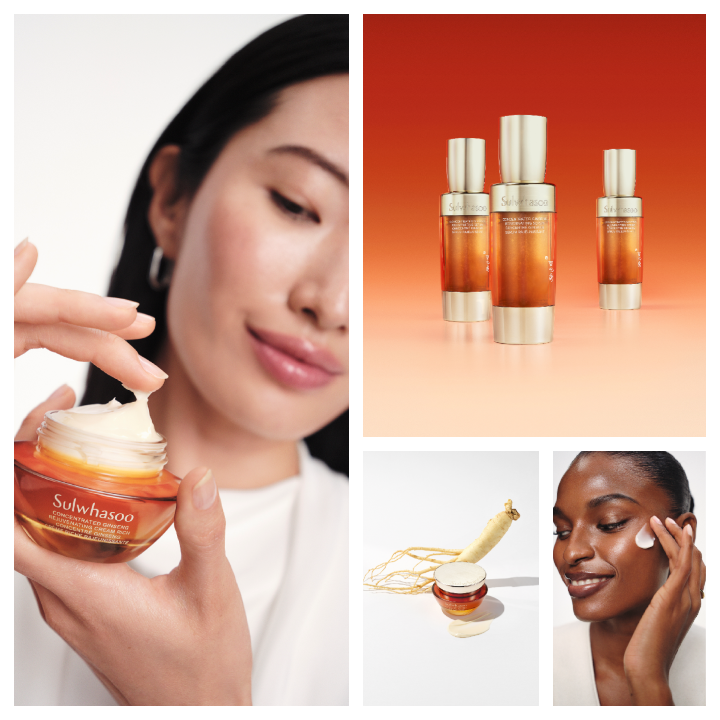 Sulwhasoo’s New Concentrated Ginseng Cream Is a Wrinkle-Erasing Time Machine for My Skin
Sulwhasoo’s New Concentrated Ginseng Cream Is a Wrinkle-Erasing Time Machine for My SkinThis Seoul-based brand is the key to plump skin.
By Samantha Holender Published
-
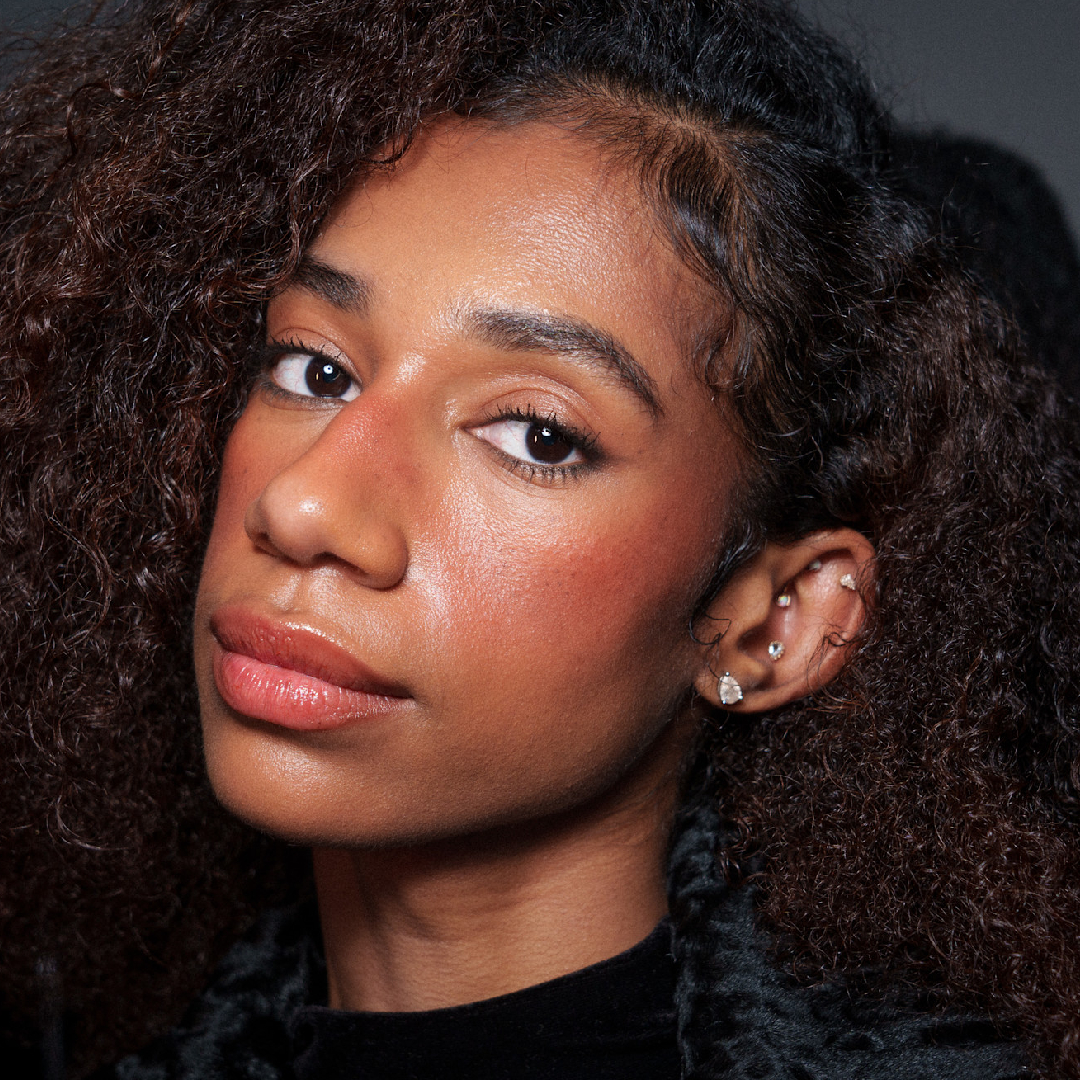 The 10 Best Hair Growth Shampoos of 2025, Tested by Editors
The 10 Best Hair Growth Shampoos of 2025, Tested by EditorsExpensive and healthy-looking hair on lock.
By Marisa Petrarca Published
-
 New York Fashion Week’s Fall/Winter 2025 Best Beauty Moments Are a Lesson in Juxtaposition
New York Fashion Week’s Fall/Winter 2025 Best Beauty Moments Are a Lesson in JuxtapositionThe week's best beauty looks were a maximalism master class.
By Ariel Baker Published
-
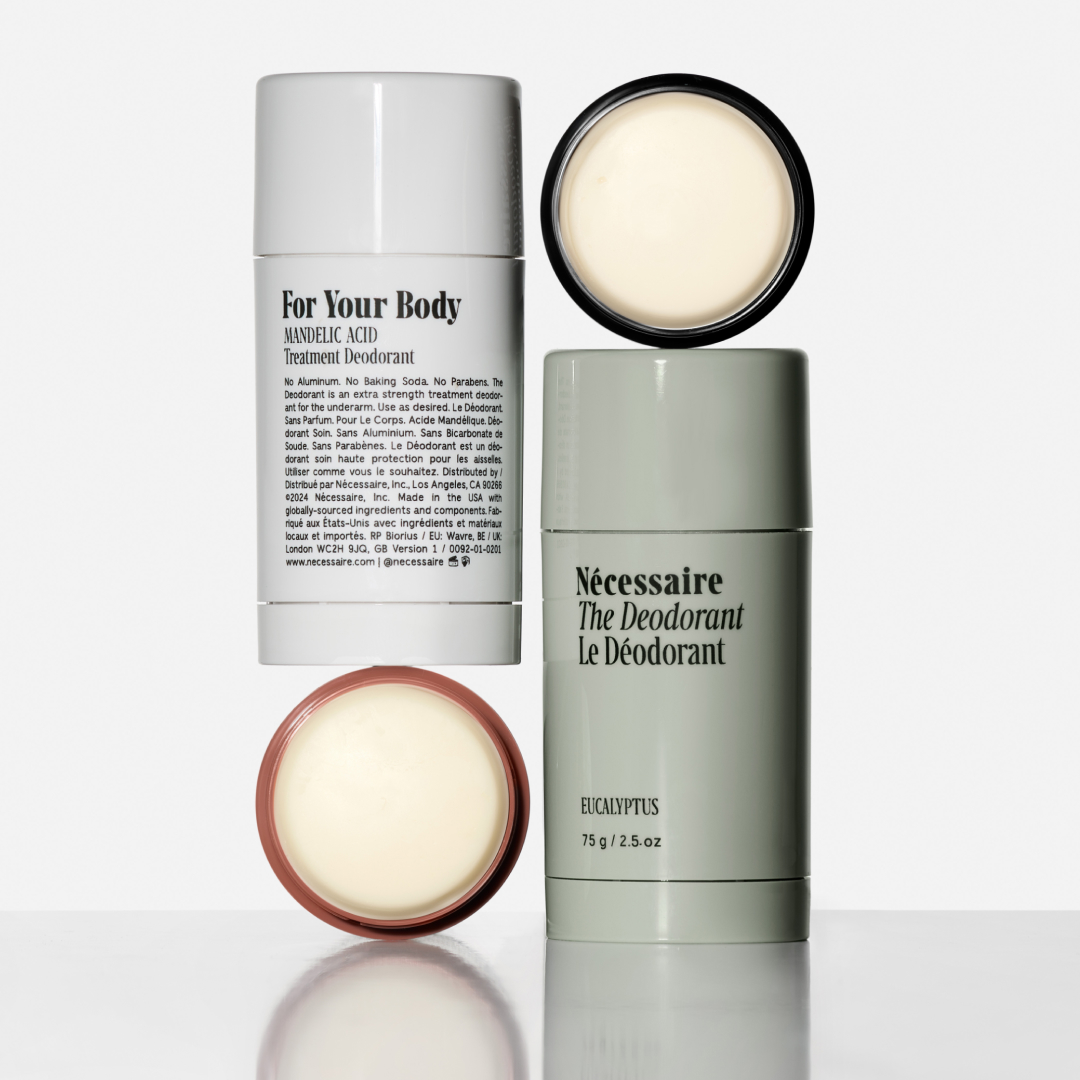 Nécessaire's Extra-Strength Deodorant Outlasts an Editor's Sweatiest Test: Fashion Week
Nécessaire's Extra-Strength Deodorant Outlasts an Editor's Sweatiest Test: Fashion WeekEven with my hectic schedule, I've never smelled better.
By Halie LeSavage Published